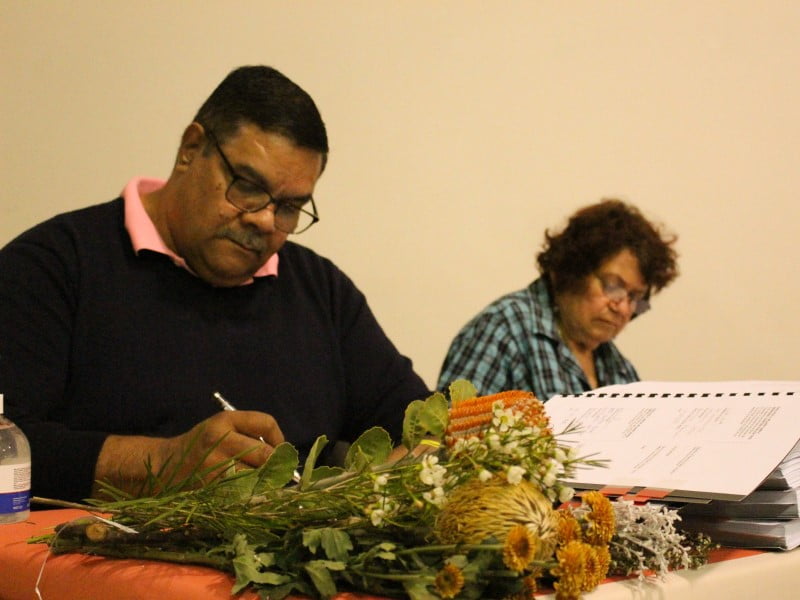A land agreement between Native Title Holders, the CSIRO, and Western Australian and Commonwealth governments means construction of the international Square Kilometre Array telescope can get underway.
The SKA project is a global initiative to create the world’s largest radio telescope, over a square kilometre in collecting area size.
As the Australian component is located on Wajarri Yamaji land, the community worked closely with government and CSIRO to develop the Indigenous Land Use Agreement.
The agreement enables the expansion of CSIRO’s radio astronomy observatory site for the construction of the SKA-Low telescope, part of Square Kilometre Observatory (SKAO), as well as CSIRO’s ASKAP radio telescope.

Industry and Science minister Ed Husic said the government was proud of its partnership with the Wajarri Yamaji community.
“No one can deny the importance and value of working together to uphold and protect the heritage of the Wajarri Yamaji land. For tens of thousands of years the Wajarri Yamaji have nurtured and continue to nurture this land,” he said.
“They are the first astronomers on that country with a rich cultural heritage that is connected to their observation of the stars.
“We have worked closely to reach an agreement which will enable the respectful construction of a SKA telescope on Wajarri Yamaji land. This agreement will see benefits flow on to communities and support scientific endeavour for generations to come.”
As a part of the agreement, the expanded-observatory site has been given a name in the Wajarri language, Inyarrimanha Ilgari Bundara, which means ‘sharing sky and stars’. This will be adopted as the official name alongside the ‘CSIRO Murchison Radio-astronomy Observatory’.
The name was chosen through a competition fun by the Wajarri Yamaji Aboriginal Corporation (WYAC) and selected by the Wajarri Mnangu Land Committee.
WYAC Chairperson and Minangu Land Committee member Jennylyn Hamlett explained the meaning behind the name.
“We look at the sky every day, and we now have the opportunity to share our skies with the rest of the world. This Wajarri name connects our culture and language to what our Country is being used for,” Ms Hamlett said.
Australia’s chief scientist is currently leading a review into the nation’s national science and research priorities. The federal government has already proposed three new priorities, including “elevating and investing in First Nations perspectives on science, technology and innovation”.
Aside from Western Australia’s Murchison Shire, SKA-Mid will be hosted in South Africa’s Karoo region. When complete, it will include thousands of dishes and up to a million low-frequency antennas.
It is an international collaboration between 16 member countries: Australia, Canada, China, France, Germany, India, Italy, Japan, Korea, the Netherlands, Portugal, South Africa, Spain, Sweden, Switzerland and the United Kingdom.
Overall, the SKAO estimates that the cost of construction and the first 10 years of operations would cost around $3.14 billion in 2020 AUD.
In April 2021, the previous Coalition government delivered an additional $387 million to support development of the Square Kilometre Array radio telescope, as a part of its investment commitments to the project. There was also $294 million committed to the project by the federal government in late 2015.
Do you know more? Contact James Riley via Email.

